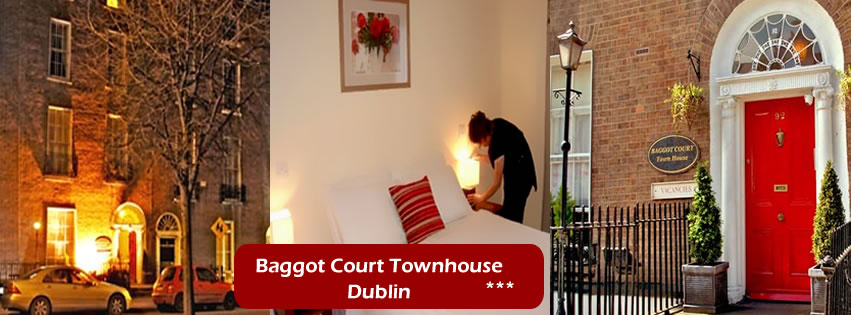An insider guide to Georgian Dublin and the way the locals live it.
From her humble beginnings as a Viking trading port to a walled medieval city and then, in a glorious century of expansion, to an elegant Georgian metropolis with wide streets, gracious squares and great houses, neatly bordered by its two canals, Dublin is a city that will capture your heart. In the 18th century the city acquired
this beautiful and distinctive style
of architecture. Dublin Georgian
architecture is so called as this was a
style developed between 1714 to 1830.
Four King George’s reigned in this period, hence the adaption of the name Georgian Dublin.
Dublin experienced rapid growth during
the 1700s both in size and population. The medieval walls were swept away and the development of grand broad streets and squares as well as the development of residential areas began. Dublin prospered
over this period and it is so reflected in
the grandeur and architectural qualities
of the public and private buildings
constructed.
Many of today’s major public buildings |
date from this period and the architect
James Gandon is the man responsible
for several of the most impressive
buildings of the time. The Custom House, today used as government offices, is considered one of the most important architectural buildings in the capital. The exterior of the building is richly adorned with sculptures and coats-of-arms.
The Four Courts, on Inn’s Quay, the
Rotunda Hospital, Europe’s first
maternity hospital built in 1750, as well
as King’s Inns at the top of Henrietta
Street, the oldest Georgian Street
in Dublin, are just some of Gandon’s
Georgian architectural triumphs.
The Georgian door is a well recognized symbol of ‘Welcome’ in Dublin and probably the most commonly known element of the style. Dublin is abundant with colourful Georgian doors and many still survive with their polished brass fittings. The vibrant colours used on the doors was to add some individual flair and to counteract the strict architectural rules of the style.
Although the Georgian Door can be seen throughout the city the best examples can be seen on the sweeping terraces of houses in areas such as Baggot Street and Leeson Street as well as Merrion
Square and Mountjoy Square. |
The Phoenix Park, the largest enclosed urban in park in Europe, is one of the most impressive legacies of our Georgian heritage. Lord Chesterfield laid out the
park in the 1740s and there are a number of stately homes within, including the official residencies of the President of Ireland and the US ambassador.
Originally the townhouse for the
Fitzgerald family, the Dukes of Leinster, Leinster House, now the Irish Parliament, sits facing Merrion Square. It is claimed the plans for the White House in Washington were influenced by Leinster House.
The exterior architecture of the
Georgian style can be readily seen
throughout the city and you can also see the creative skills of the craftsmen who shaped the interiors. Rich and elaborate plasterwork, outstanding woodwork, beautiful marble fireplaces and graceful staircases were feature of both great and modest Georgian homes. The James Joyce Centre on North Great George’s Street, Newman House and the Dublin
Writer’s Museum are just some of the
visitor attractions that are open to the
public and housed in beautifully restored past Georgian residences. |
